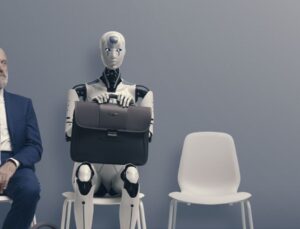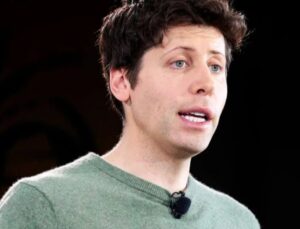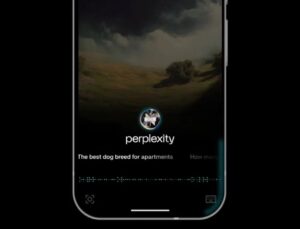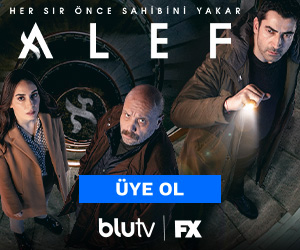Introduction to the Innovation
In a groundbreaking move, Google has announced the upcoming integration of its cutting-edge AI-powered video creation tool, Veo 3, directly into YouTube Shorts. This exciting development is scheduled to roll out this summer, promising to revolutionize content creation on the platform. The announcement was made during a keynote speech by YouTube CEO Neal Mohan at the prestigious Cannes Lions festival, highlighting the company’s commitment to leveraging artificial intelligence for creative expression.
The Power of AI-Generated Content
Mohan emphasized the immense potential of AI technology, stating, “With artificial intelligence, the possibilities are limitless.” He explained that content creators will soon be able to produce an endless variety of short videos simply by inputting text prompts. This innovation aims to empower everyone with a story to tell, enabling them to transform their ideas and dreams into engaging visual content. Mohan further remarked, “Anyone with a voice can now bring people together, inspire change, and build a career through this new tool.” While these words evoke inspiration, some skeptics worry that the flood of AI-generated content might lead to a proliferation of superficial, light-hearted videos, such as playful pet clips or trivial sketches.
Audience Concerns and Content Authenticity
Not all users are enthusiastic about this shift. For viewers who enjoy spontaneous, human-created comedy sketches or authentic performances, the rise of AI-generated videos might seem less appealing. There are concerns that AI tutorials could spread misinformation, and AI-powered comedians might not resonate as genuine or funny. Some audiences may prefer the spontaneity and authenticity of traditional content, and might choose platforms like TikTok or Instagram Reels for their more authentic or entertaining experiences.
Advancements from Dream Screen to Veo 3
Previously, YouTube featured the Dream Screen tool, leveraging Veo’s earlier technology to generate virtual backgrounds. However, Veo 3 represents a significant leap forward—it not only creates videos but also produces synchronized audio from simple text prompts. The resulting clips are remarkably realistic, often indistinguishable from real footage upon casual inspection. Nonetheless, with careful scrutiny, some artificial traces may still be detectable, raising questions about authenticity and originality.
Risks of Deepfakes and Copyright Concerns
One of the most pressing issues with Veo 3 is its potential misuse in creating convincing deepfake videos. These can easily generate digital duplicates of celebrities or well-known content creators without their consent, posing serious ethical and legal challenges. To mitigate these risks, Google is collaborating with talent agencies like CAA to develop advanced identity protection tools that help safeguard public figures from unauthorized impersonation.
Implications for Revenue and Content Monetization
Another critical debate centers around revenue sharing. As AI-generated videos become more prevalent, questions arise about how to fairly distribute ad revenue. Currently, over 25% of YouTube creators participating in the Partner Program earn income from Shorts. If AI tools like Veo 3 lead to a surge in automated content, it could disrupt existing monetization models and competition across platforms. Monitoring how this technological shift influences creator earnings and platform dynamics will be essential in the coming months.
 02:00
02:00


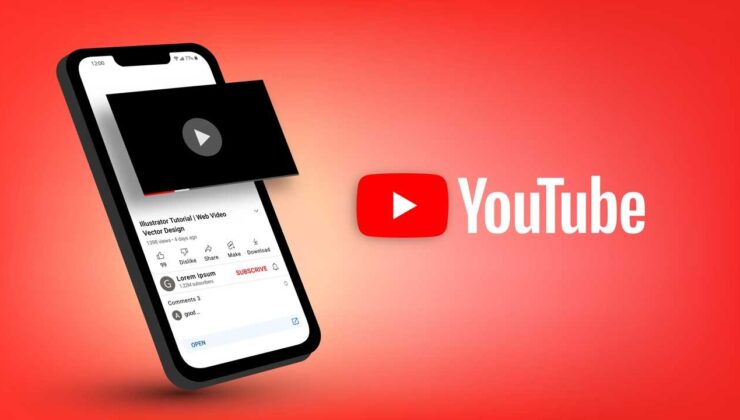

 News
News
 Tech
Tech
 Tech
Tech
 Tech
Tech
 Tech
Tech
 Tech
Tech
 Tech
Tech


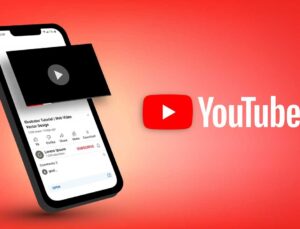 TECH
TECH
